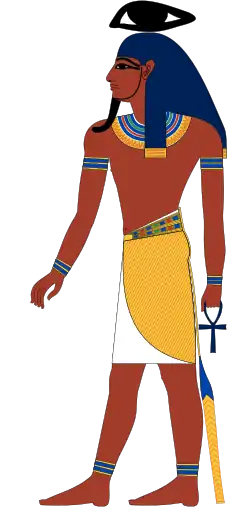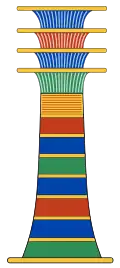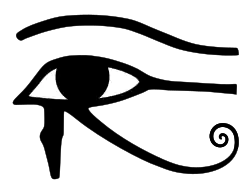Irer
| Irer | ||||
|---|---|---|---|---|
 Irer was depicted as a man with the hieroglyph for eye above his head | ||||
| Name in hieroglyphs |
| |||
Irer was an ancient Egyptian god who, along with Sedjem, join Hu and Sia as creative powers of the gods.[1] Irer, which translates as "sight,"[2] first appears as a scribe, alongside Sedjem, for Thoth and Seshat in the temples of Seti I and Ramesses II at Abydos.[1]
References
- ^ a b Hornung, Erik (1982). Conceptions of God in ancient Egypt : the one and the many. Internet Archive. Ithaca : Cornell University Press. p. 76. ISBN 978-0-8014-1223-3.
{{cite book}}: CS1 maint: publisher location (link) - ^ Hannig, Rainer (1995). Grosses Handwörterbuch Ägyptisch-Deutsch (2800-950 v. Chr.): die Sprache der Pharaonen. Kulturgeschichte der antiken Welt (in German). Mainz: P. von Zabern. p. 1191. ISBN 978-3-8053-1771-9.
| Beliefs |  | ||||||||
|---|---|---|---|---|---|---|---|---|---|
| Practices | |||||||||
| Deities (list) |
| ||||||||
| Creatures | |||||||||
| Characters | |||||||||
| Locations | |||||||||
| Symbols and objects |
| ||||||||
| Writings |
| ||||||||
| Festivals | |||||||||
| Related religions | |||||||||
This article is issued from Wikipedia. The text is available under Creative Commons Attribution-Share Alike 4.0 unless otherwise noted. Additional terms may apply for the media files.
